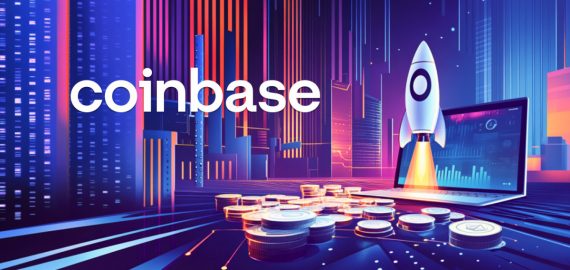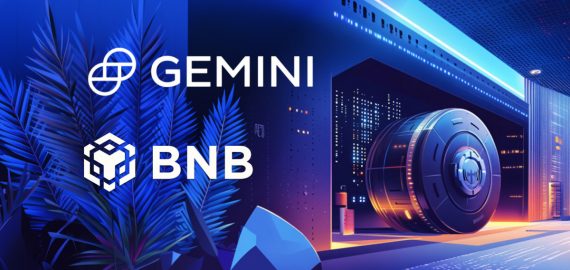Chainlink (LINK) Announces Stacking Mechanism v0.2 Upgrade to Improve Network Functionality


In Brief
Chainlink (LINK) announced v0.2 upgrade for its native staking mechanism, an important advancement in the network’s functionality.

Oracle network Chainlink (LINK) has revealed an upgrade to its native staking mechanism, signifying an important advancement in the network’s functionality. The mainnet launch of the Chainlink Staking v0.2 comes eleven months after the initial introduction of staking by Chainlink in December 2022.
The staking pool has expanded from the initial allocation of 22.5 million LINK to 45 million LINK, accounting for 8% of the altcoin circulating supply. This growth underscores a significant expansion in the staking pool size, indicating a 96% increase and a substantial enhancement in the network’s staking capacity.
Alongside the expansion, Chainlink has implemented a phased approach for the migration to the new upgrade, including a nine-day priority migration period starting from November 28.
During this period, existing v0.1 stakers have the opportunity to transfer their staked LINK and accrued rewards to the Chainlink Staking v0.2 system. Following this, a four-day early access period allows eligible LINK holders to stake up to 15,000 LINK tokens, before opening access to the general public.
Chainlink is the most widely used oracle network, providing external real-world data to blockchain applications. Chainlink staking increases the utility for the token, allowing LINK holders to support the performance of oracle services and earn rewards for contributing to the network’s security.
It was initially only accessible for staking to secure the Ethereum ETH/USD price feed, with a pool capped at 25 million LINK tokens.
LINK’s Market Reaction Falters Despite v0.2 Upgrade
Despite the positive development of the Chainlink Staking v0.2 upgrade, the market performance of LINK has shown a relatively subdued response. The altcoin has experienced a 4% increase in the 24 hours after the update. However, broader market indicators suggest a decrease in LINK accumulation and a decline in market participation.
The Money Flow Index (MFI) and the Chaikin Money Flow (CMF) indicators on LINK’s daily chart indicated the downward trend, while the MFI resting below the center line, indicated that distribution activities have surpassed accumulation. The CMF was also on the verge of entering negative territory, signifying a consistent outflow of liquidity from LINK’s spot market over the past two weeks.
While Chainlink’s v0.2 staking upgrade represents a significant step forward in enhancing the network capabilities, market participants approach it cautiously. Market indicators for LINK highlight a decrease in accumulation and open interest, emphasizing the complex relationship between network advancements and market dynamics in the cryptocurrency sector.
Disclaimer
In line with the Trust Project guidelines, please note that the information provided on this page is not intended to be and should not be interpreted as legal, tax, investment, financial, or any other form of advice. It is important to only invest what you can afford to lose and to seek independent financial advice if you have any doubts. For further information, we suggest referring to the terms and conditions as well as the help and support pages provided by the issuer or advertiser. MetaversePost is committed to accurate, unbiased reporting, but market conditions are subject to change without notice.
About The Author
Alisa, a dedicated journalist at the MPost, specializes in cryptocurrency, zero-knowledge proofs, investments, and the expansive realm of Web3. With a keen eye for emerging trends and technologies, she delivers comprehensive coverage to inform and engage readers in the ever-evolving landscape of digital finance.
More articles

Alisa, a dedicated journalist at the MPost, specializes in cryptocurrency, zero-knowledge proofs, investments, and the expansive realm of Web3. With a keen eye for emerging trends and technologies, she delivers comprehensive coverage to inform and engage readers in the ever-evolving landscape of digital finance.


















































